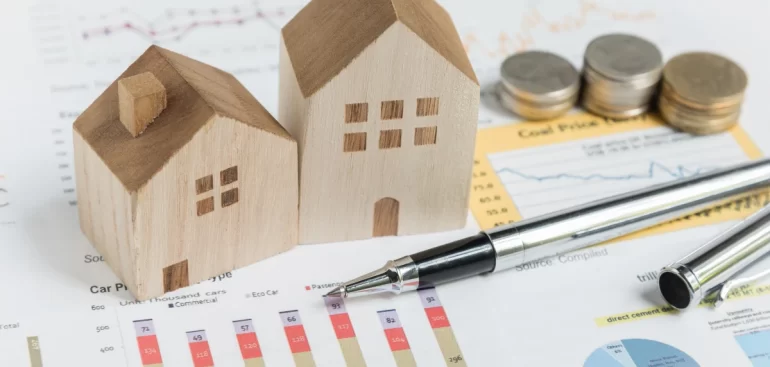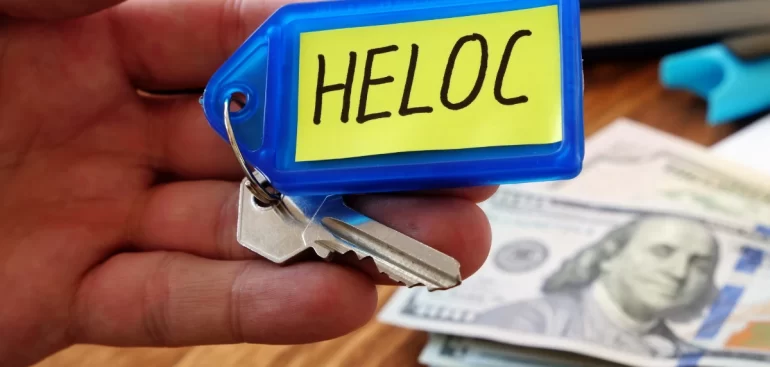Have you been pre-approved for a home mortgage? Perhaps you’ve even received pre-approval for a super jumbo home loan — even one with loan amounts up to $15 million. Whether you’ve been pre-approved for an FHA home mortgage, a 30-year VA mortgage, or a 30-year jumbo mortgage, don’t risk your home ownership dreams by making one or more of these five mistakes that could change your qualifications:
Don’t make any major purchases
Even if you have a strong cash flow and have qualified for a super jumbo home mortgage of $5 million or more, don’t run out and buy everything you need for your dream home before your mortgage closes. Your mortgage lender has pre-approved you based on your debt-to-income ratio (DTI), cash reserves, and assets.
Don’t get any new credit cards or buy a major purchase on a credit
Could buying a new cell phone on a payment plan influence your home mortgage? Yes: any kind of change to your credit profile and score could change your underwriting criteria. Don’t respond to store offers for discounts along with a credit card.
Don’t pay off collection accounts or other charged-off amounts
Believe it or not, paying off a collection account might actually lower your credit score. Pay off your bills as you normally do, but don’t make any extra payments. If you’re in any doubt, talk to your mortgage loan professional before paying off anything that was on your credit report during the pre-approval process.
Don’t switch banks
The time to move your account from one financial institution to another is not during your home-buying process. You could be required to submit all new documentation if you change banks while you’re in the mortgage approval process.
Don’t deposit or withdraw large sums
Your bank accounts and assets are part of the mortgage approval process. If you do receive a gift toward your down payment, disclose this to your mortgage loan professional. Don’t withdraw large amounts of money during the mortgage process, either. Try to keep your bank accounts on an even, “normal” path during the mortgage approval period.
Buying a home is an exciting time, and you don’t want to risk any problems while your home is in escrow. Follow our California Home Loan tips and have a trouble-free mortgage loan approval after you’ve been pre-approved.
Sources



